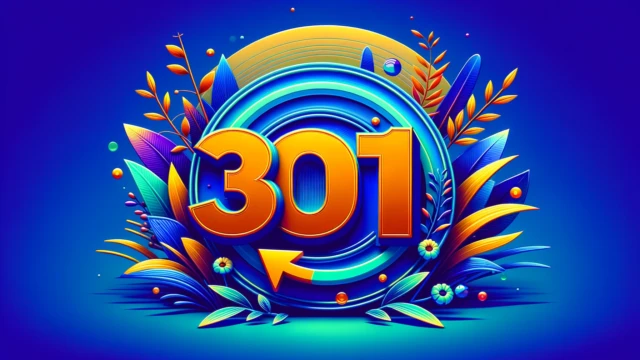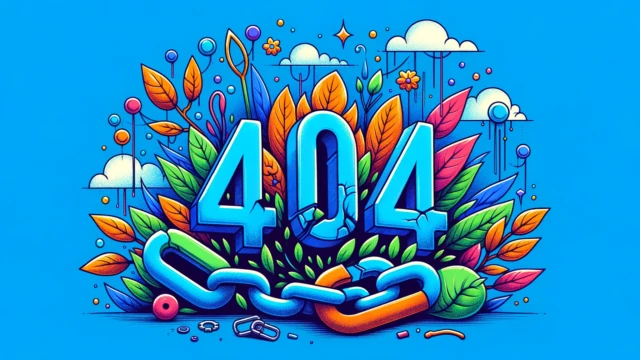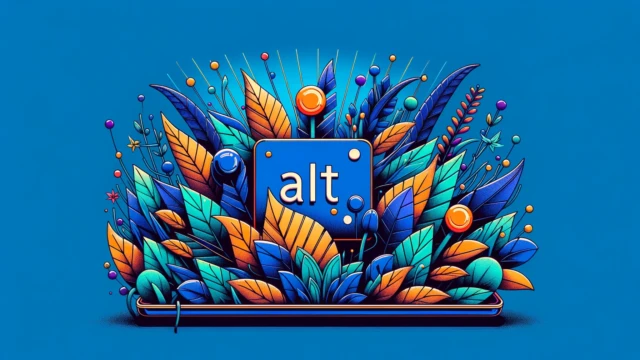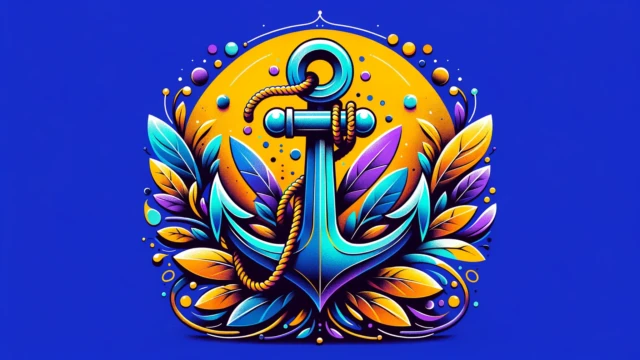Image optimization is a critical aspect of website optimization that involves the reduction of the file size of images without compromising their visual quality. It aims to improve website speed and performance, enhance user experience, and boost SEO results.
Why is Image Optimization Important?
Large, unoptimized images can slow down website loading times, resulting in poor user experience, high bounce rates, and lower search engine rankings.
Optimized images, on the other hand, help to reduce page load times, which is crucial for improving website performance, SEO, and increasing user engagement.
Best Practices for Image Optimization
Here are some best practices for image optimization:
- Choose the right file format
- Compress images
- Use descriptive filenames and alt tags
- Optimize image size and dimensions
- Use a Content Delivery Network (CDN)
1. Choose the right file format
Choosing the right file format for your images is crucial for achieving the best balance between visual quality and file size.
JPEG is preferred for photographs, while PNG is ideal for transparent graphics and images. WebP is a great file format overall for the web, as it can retain quality while being
2. Compress images
Good image compression reduces the file size of an image without reducing its visual quality. It’s essential to compress images to ensure faster page load times.
Several tools are available, such as:
Each offers simple image compression features.
3. Use descriptive filenames and alt tags
Descriptive filenames and alt tags help search engines understand what your images are about, which can improve your website’s search engine optimization. Use descriptive, keyword-rich filenames and alt tags for your images.
4. Optimize image size and dimensions
Correct image size and dimensions can help reduce file size and improve loading times. Don’t use large images when small images will do, and avoid using images that are larger than the space they are intended to fill.
Bottom Line
Optimize your images to reduce file size and increase the speed of your site. Use tools like Squoosh and Photoshop to optimize your files while retaining plenty of image quality. ?




